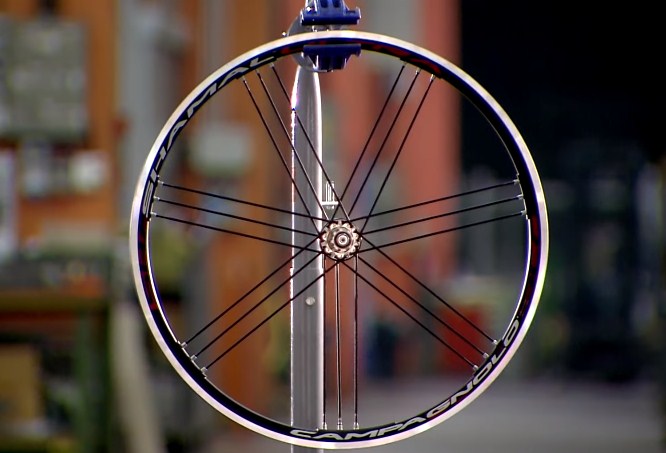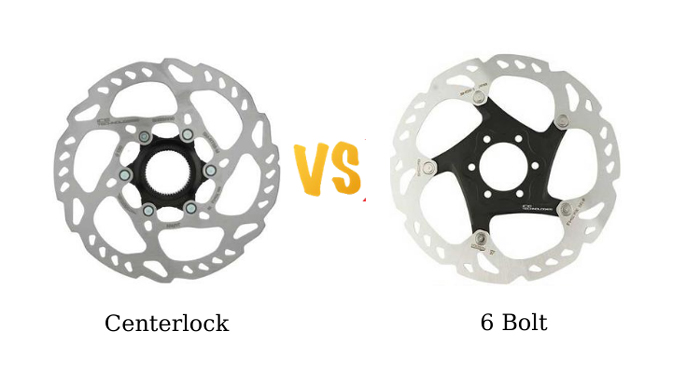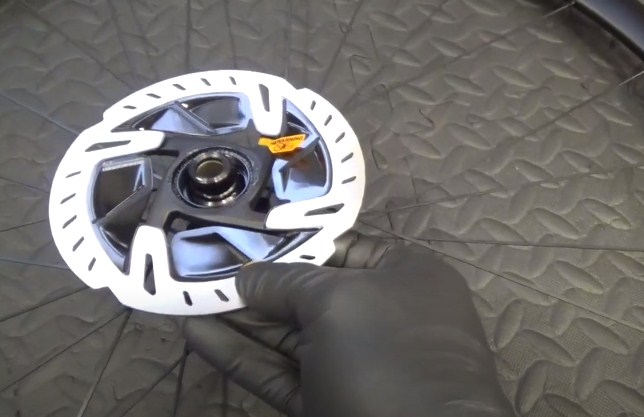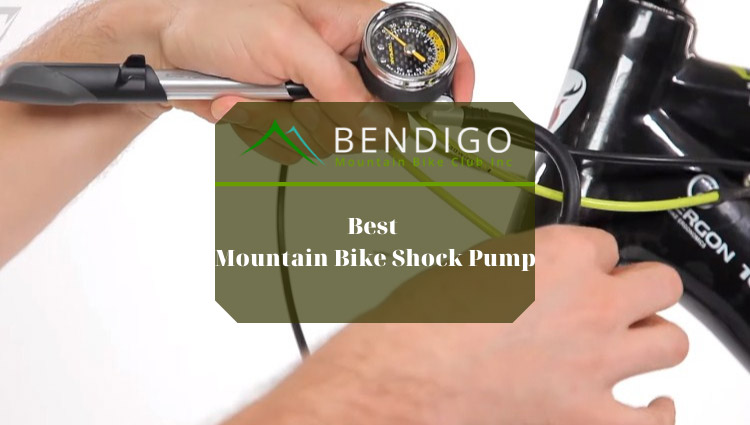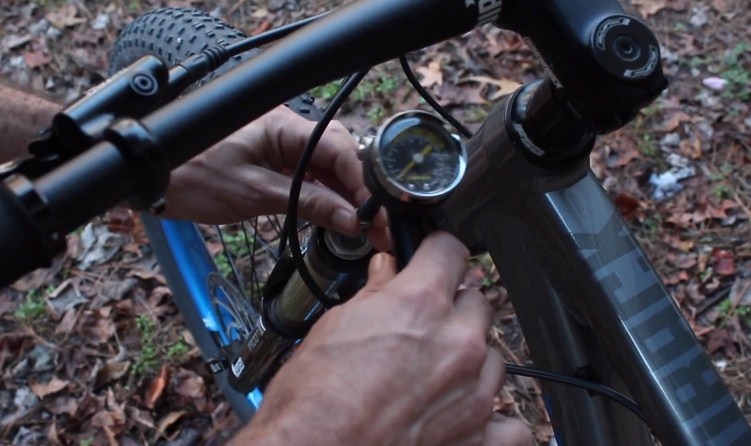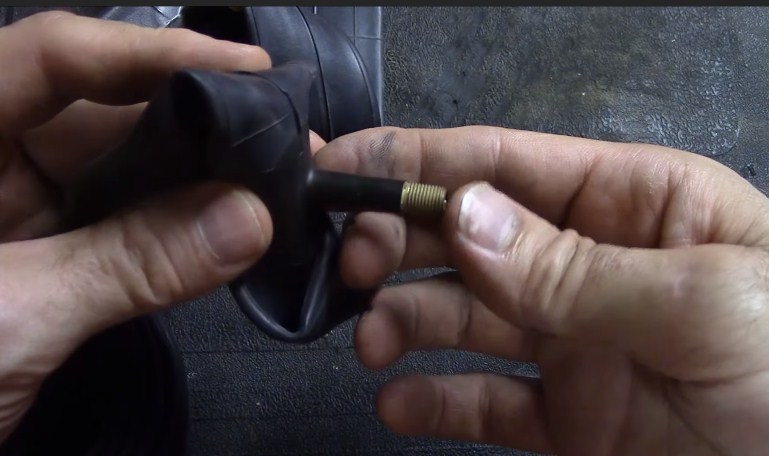Author Archives: dungvl
Pressure in the fork or shock is greater compared to that of any part on the bicycle especially the tires. Using the normal bicycle pump will not work to put pressure on these parts. Mountain bike riders should ensure to have the best shock pumps that will keep their tires soaked up with impact.
Here are a few of them that will help in the maintenance of your bicycle through the perfect change of air pressure inside the spring:
- Fox High Pressure Shock Pump
- RockShox High Pressure Shock Pump
- GIYO High Pressure Shock Pump
- Fox Racing Shox Digital Pump
- Topeak Pocket Shock DXG Pump
Top 5 Best Mountain Bike Shock Pump
#1. Fox High Pressure Shock Pump

Fox High Pressure Shock Pump is a 7.2 pounds shock pump that mountain bike riders love to use due to its portability. You get to move around without feeling any added weight to your course.
It is two inches wide to allow for a greater up and down movement through pumps handle. This distance ensures you maximize the space while you use less force. It also has a length of two inches that is great because an increased distance of application of force helps in reducing effort applied.
The presence of a rear gauge enables you to measure the amount of pressure exerted on the fork of the bicycle. It has a wide range of calibrations that ensures you are free to choose the amount of pressure that will suit your bike. Always base your pressure input on the quantity of weight that the bicycle carries.
The air release valve is close to the pressure gauge to increase efficiency while pumping. The short distance reduces the loss of pressure by the collision of air particles along its path.
The pump works best in inflating mountain bikes that have Schrader valves with enough clearance for coupling to engage the thread. While pumping, you get to exert a force that generates pressure through the collision of air particles in the pressure gauge. This pressure gets to accumulate and to release it in bulk you need to have a shock pump with a narrow opening. The smaller the opening, the greater the pressure output.
Pros
- A narrow valve opening.
- It is portable.
Cons
- Lacks a rubber outer casing on the body.
#2. RockShox High-Pressure Shock Pump

RockShox High-Pressure Shock Pump has a length of 5.9 inches that enables you to push and pull the handle with ease. This increased length is to your advantage because it reduces the amount of force you will apply. In turn, it generates a lot of pressure once you compress the inner air. The width and the height are 1.2 inches, which ensures the perfect fit on the bike frame.
It is less susceptible to shock vibration and moisture that are key factors in reducing a shock pump’s life cycle. This makes it durable making you use it for more than two years. This is if you are a seasoned mountain bike cyclist.
It has a relief gauge adapted to control the amount of pressure generated in this system. This safety valve reduces pressure build-up that may lead to malfunctioning of the bicycle.
The relief valve releases excessive pressure that always builds up in the bicycle. It tends to release elevated pressures before they overwhelm the normal bike functioning. They respond to a rapid rise in pressure by releasing it to the valve.
This high-pressure shock pump is lightweight and transported anywhere you go. Its lightweight material matter that is strong to ensure it does not break .
It always closes up to the valves stem before it opens the valve. This helps in preventing excessive air loss from the bike tire to the surrounding. It balances the quantity of air by ensuring it maintains the little volume of air in the air chamber stored in forks and shocks. It gives out a large amount of air pressure as compared to a tire pump.
Pros
- It is durable.
- It has a good function-able safety valve.
Cons
- Designed for use as a bicycle shock pump and not a tire pump.
#3. GIYO High Pressure Shock Pump

Giyo High Pressure Shock Pump designed to inflate the air fork or rear suspension of Schrader valves. It uses a maximum of 300 Psi, which is not suitable for your bike tire. This high pressure makes the tires sturdy leading to a firm grip on the ground.
It has a pump with a lever lock on its head that ensures small amounts of air are not lost to the surrounding during a disconnection. This unique nozzle ensures you get the greatest efficiency from using it. You would not have to mind about the amount of effort you put in place to generate pressure getting lost in vain.
It is bigger having to weigh 8.5 ounces making it the best suit for you to carry it when going for short mountain rides. It has a length of 9.8 inches that is great for holding with both arms. It reduces the amount of force you will need to apply to generate internal pressure.
It is 3.9 inches wide and high and can fit into your mountain bike’s frame. It will not lump out and collapse when you encounter a bend or when you are riding down the hill at high speeds.
Rubber is the main material that makes up the handle. It helps in insulation and cushion vibration experienced by your hand when pushing and pulling. It also keeps your hand glued to it due to its gripping effect. When your hands get slippery, rubber tends to keep them on hold for a longer time.
Pros
- It functions best with Schrader valves.
- Presence of a pump with a lock at the lever head.
Cons
- Not portable to longer distances.
#4. Fox Racing Shox Digital Pump

Fox Racing Shox Digital Pump is a mechanized shock pump that uses a replaceable battery to power it up. This digital display is a replacement of the normal mini pump found in most of the shock pumps. It only functions when the battery in use is a single CR2.
It has an included button that lets air out to ensure you set it up. Battery power conservation takes place by the automatic power off button located on its length. It shows pressure in the form of psi, bare, and kilogram per square centimeter. Its accuracy is 1 psi of normal pressure, which is an estimation that can vary depending on the difference in altitude.
It has a rubber hose mounting onto its body to increase your hand’s grip on it. Its outer covering has a 360-degree pivoting head and a sturdy valve chuck. This ensures it remains durable to keep it in use many times.
It gets a high advantage over other digital pumps due to its ability to have a smooth pump action. Its pressure ratings are also top-notch because a battery powers it. You need to keep on factoring an added 3 psi worth of pressure every time you reconnect it to the valve and begin the inflation process.
It is 14.8 inches long to increase surface area for you to lay one of your hands while pimping. It is 3.8 inches high and has a width of 2.8 inches. Its weight is relatively portable to ensure you get to enjoy your ride without having to worry about the extra helping hand you got at the frame.
Pros
- It uses a replaceable CR2 battery.
- Presence of an air regulation button.
- It enables a smooth pump action.
Cons
- It is relatively portable.
#5. Topeak Pocket Shock DXG Pump

It has a dial gauge that is easy to interpret and it measures pressure up to 360 psi per 24.8 bar. It has a precision fork and a shock pump that enables you to pump in the air that generates pressure to counter the shocking effect of the bike.
Close to the handle is the air release button. Its position along its length enables it to let out the air in the form of pressure after a pump. The presence of a pressure-Rite connector gives you the chance to set the pressure with ease. It also eliminates the loss of air incurred during the disconnection of the system.
It has a flexible hose that relieves the valve off stress coming from the valve stem. Its handle is rubber made to ensure that you maintain a grip of it. The barrel has an aluminum making that gives it its strength but maintains to have less weight. It tends to shun away from corrosion and maintains a perfect outward appearance that will please you throughout your ownership period.
It weighs eight pounds, which is half as much as the average shock pump weight. This makes it among the lightest shock pumps you will ever get. It has a length of ten inches, a width of four inches, and a height of 2 inches. Due to its short stature, it has an extended barrel that enables you to reach to desired pressures.
Pros
- It can fit into your pocket.
- Presence of a flexible hose that is a stress reliever.
- An easy to interpret dial gauge.
Cons
- It requires a firm grip on the body due to its short stature.
What to consider when choosing the best mountain bike shock pumps
Investing in good quality equipment helps you save on future time and money. You need to understand how bicycle shock pumps work to be able to get what you want. Follow these tips on what to consider before purchasing a shock pump for your mountain bike.
The gauge
You need to measure the amount of pressure you will be putting in your bike so you need to have the perfect gauge. Get large gauges that are readable with long needles and accurate prints that dismiss errors. Use the sag measurement system when utilizing a good gauge.
The body
The body of the pump is the most crucial part of the whole tool. Without it, you would not have to use it. Get a bike shock pump with a body made from a strong material such as aluminum that ensures its durability. Often go for the lightest weight, ultimate sturdiness, and corrosion resistance.
The handles
You cannot pump with ease once the handle is rough or slippery. Get a bike shock pump with a handle made from rubber or any rubber-like materials. This ensures you are comfortable while you work on inflating and you do not get to lose grip of the handle.
The hose
All shock pumps must have a high-pressure hose that is also flexible. Make use of shock pumps with longer handles that offer an increased surface area for grip. This will help you reduce the amount of force you will use while pumping.
The valve head
Most mountain bikes use the Schrader valve because their tires need low pressure for easy movement. Get a valve with an easy to remove the core to enable you to do the inflation swiftly. You will only need to unscrew the rubber cap at the top, which is simple.
The bleed valve
Bleed-valves help in fine-tuning your suspension especially when there is too much air. It relieves backpressure in the compressor ensuring the prevention of compressor stall and surge. Get a pump with a basic button to control the rate of airflow within it.
Conclusion
A good bike tire grip enables you to increase control and reduce fatigue. You need the best shock pump to tune the rear suspension of the mountain bicycle Do not forget to add excessive pressure when you inflate the bicycle tire. When the tire gets too hard, you tend to slow down your cycling. This is because the tire will tend to vibrate and bounce back increasing rolling repulsion that causes an uncomfortable ride.



